Druk Path Trek
At a glance
- Trip Start: Paro
- Trip End: Paro
- Trek Start: Paro
- Trek End: Paro
- Trek Days: 5 days
- Group Size: 4-16
- Accommodation: Hotel and Camp
- Service: Full board
- Meals: Standard
The Druk Path trek takes in the most varied and beautiful sections of an ancient high-level mule trail which winds its way through the mountains between Bhutan’s two main towns of Paro and Thimphu. Combined with opportunities to experience the fascinating culture and sights of the Thunder Dragon Kingdom, it makes the perfect two-week trekking holiday within this unique Himalayan land.
Before stepping out on the Druk Path trail, you stretch your legs with a walk up to Bhutan’s most famous cultural attraction: the soaring Taktsang Monastery, also known as the Tiger’s Nest. Perched, seemingly miraculously,on the side of a sheer cliff-face, and decorated with brightly coloured prayer flags, the striking gold, red and white temple represents the unique culture, architecture and spirituality of Bhutan. If you travel on selected departures, you will also have the chance to attend one of Bhutan’s most significant and vibrant festivals, a highlight of any visit.
Your fully supported, five-day trek along the Druk Path starts in the Paro Valley and follows a tremendously varied route through virgin forest, open yak pastures and along glorious high ridges. There is much cultural interest along the way as you visit sacred mountain lakes, traditional settlements and even a haunted monastery. Each day you’ll be trekking at over 3,000 m/9,842ft and have the 4,210m/13,812ft Simkota La to cross before your final descent to Bhutan’s capital ‘city,’ Thimphu. En route you enjoy tremendous, panoramic views of snow-clad Himalayan peaks, and each night you camp in picturesque locations where you will enjoy the attentive services of your friendly, efficient trekking crew.
After your trek, you spend time exploring the principal sights of Thimphu and drive eastward to visit the lush Punakha Valley where magnificent Punakha Dzong provides a fitting finale to your time in the Thunder Dragon Kingdom.
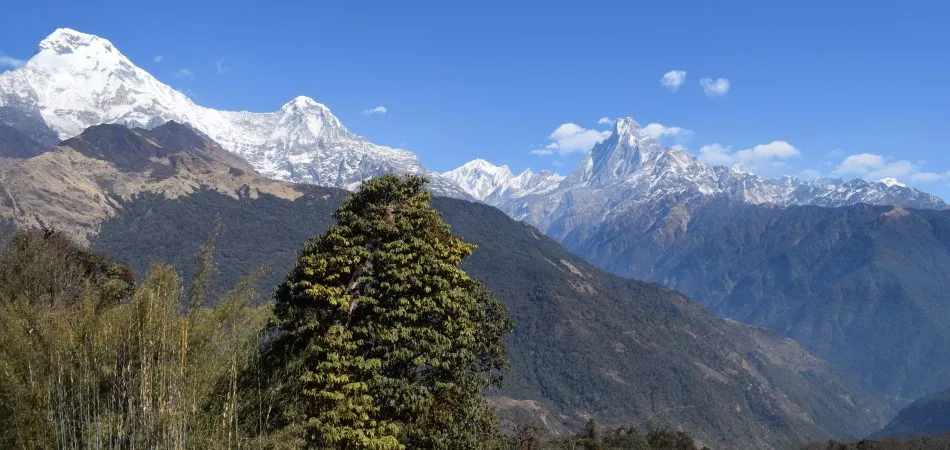
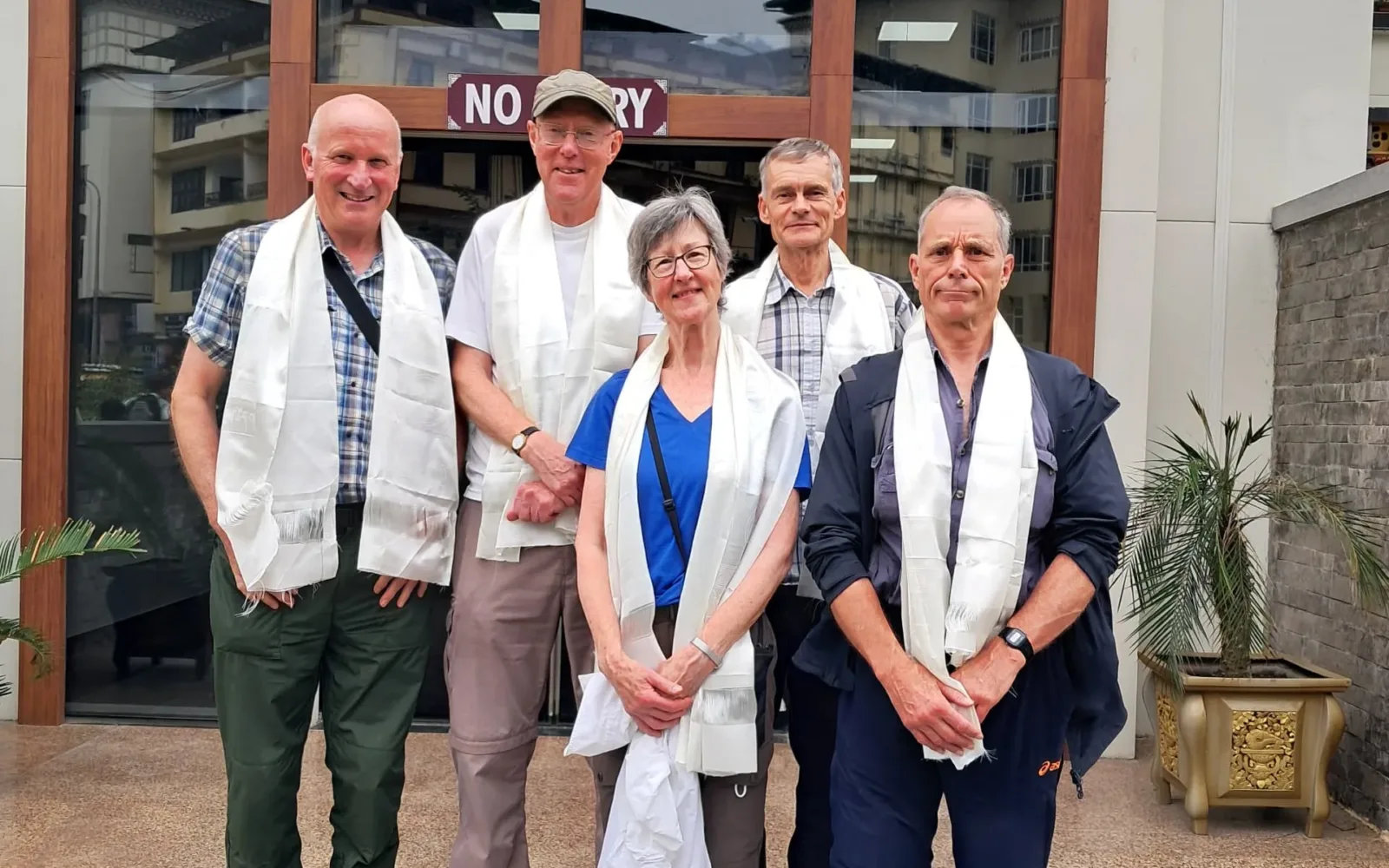
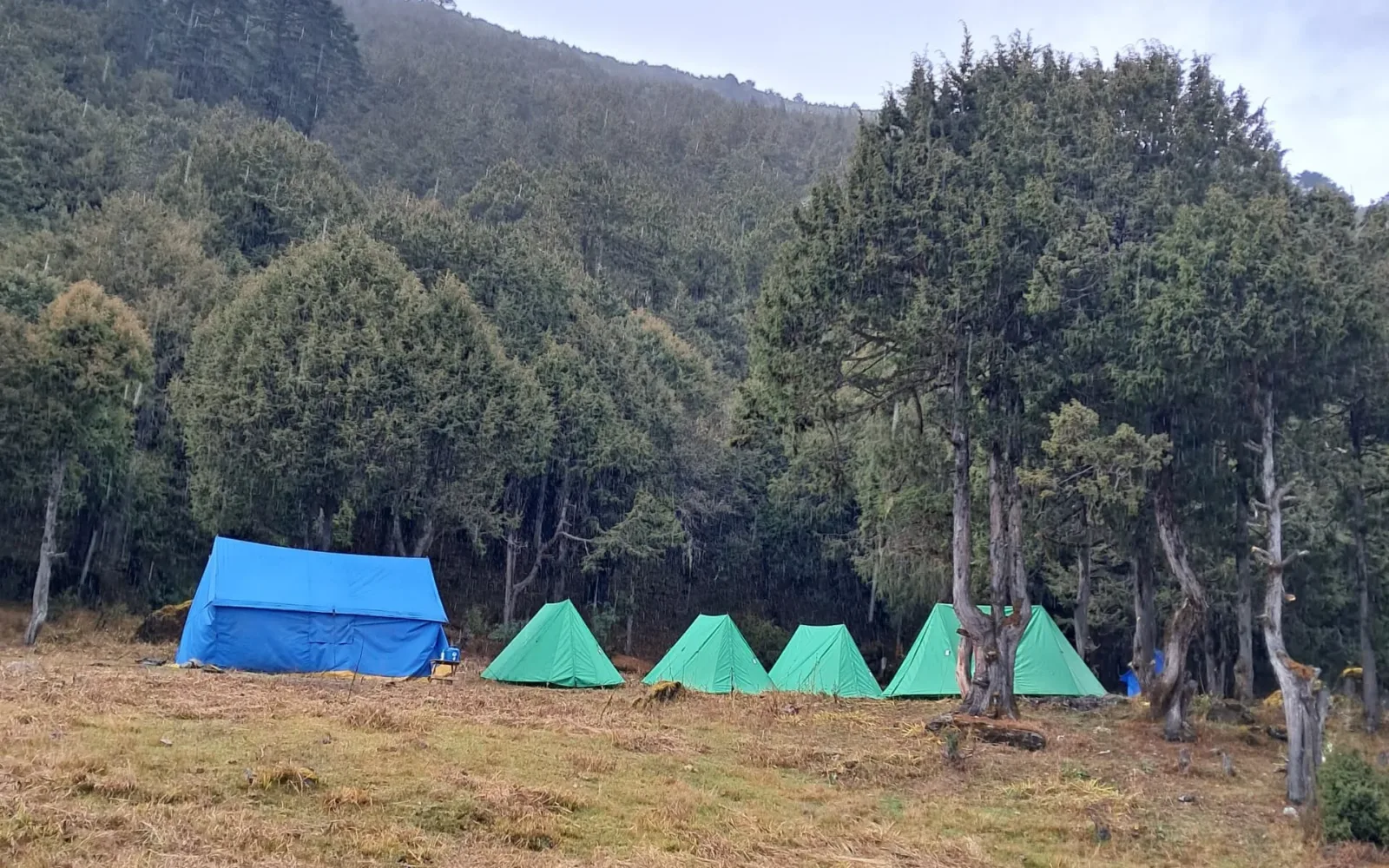
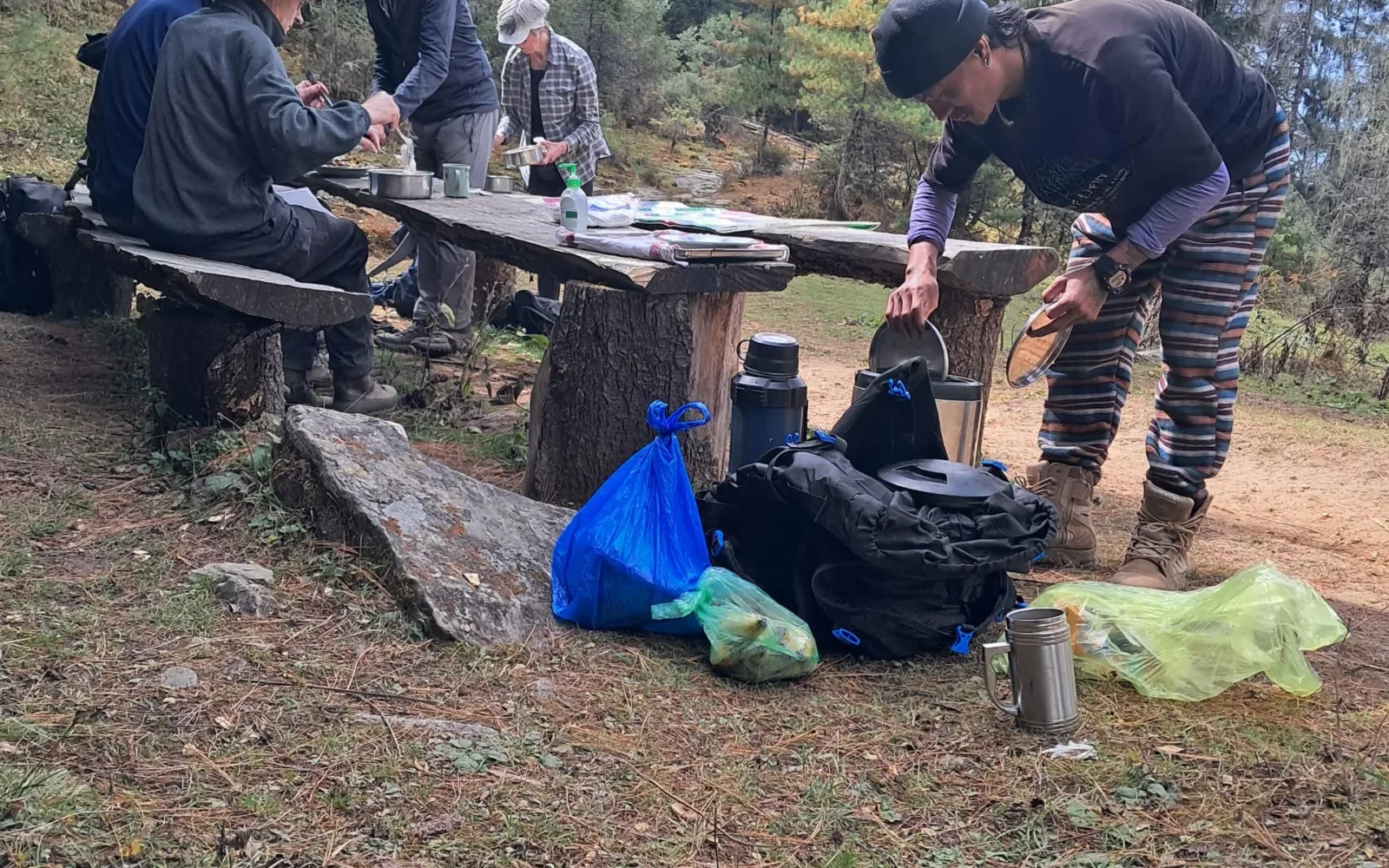
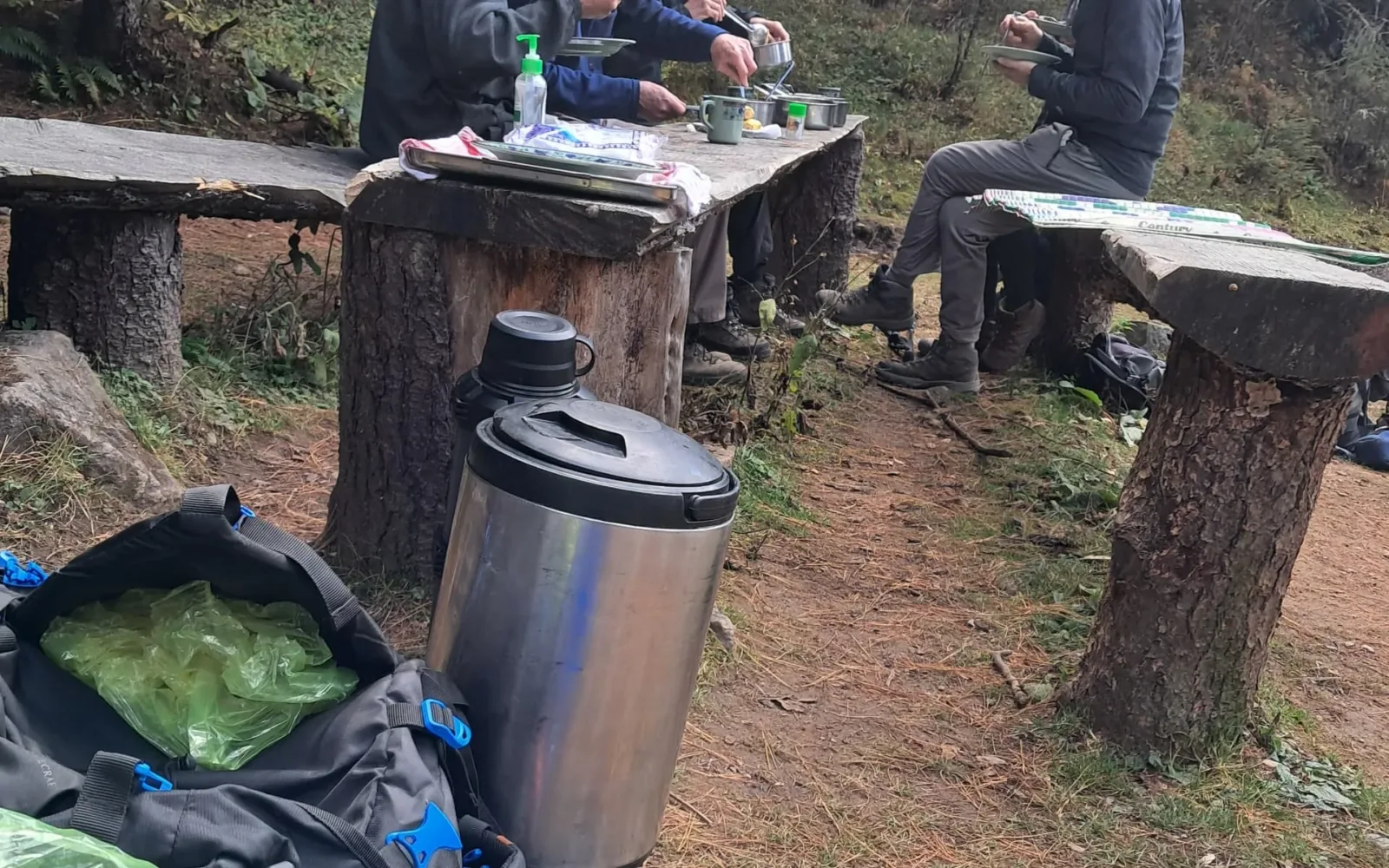
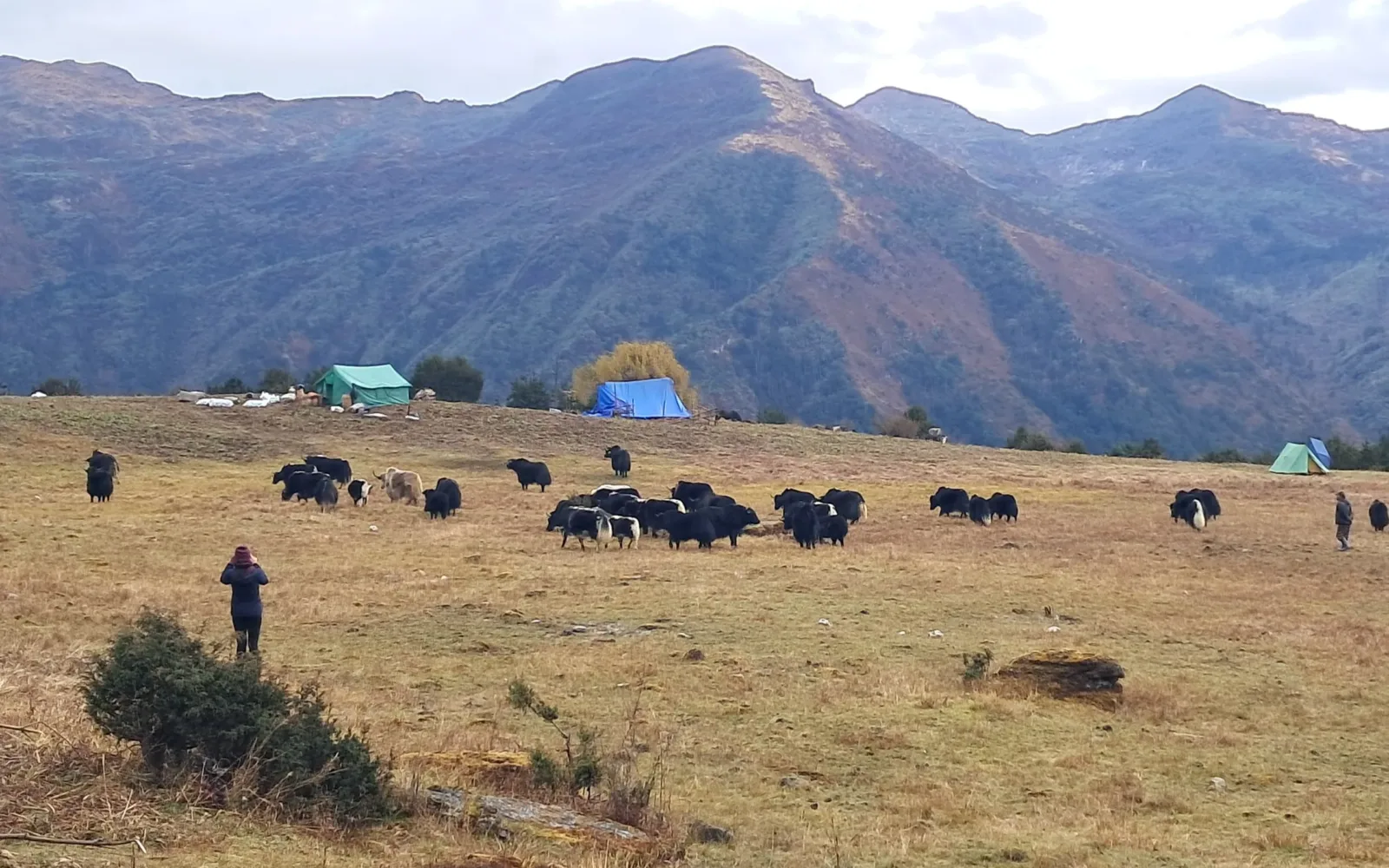
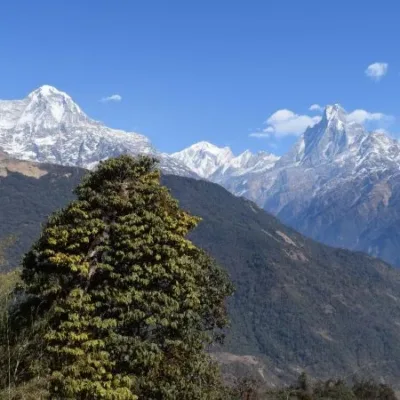
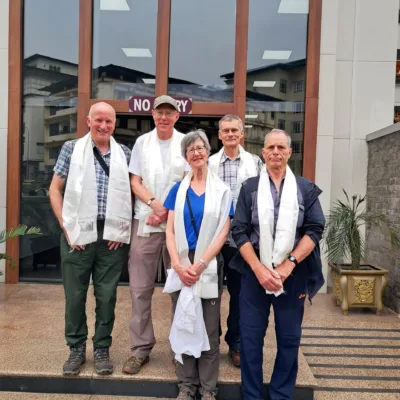
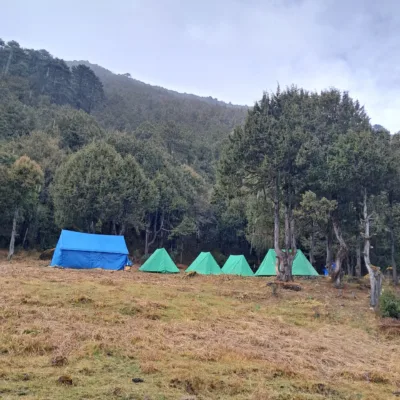
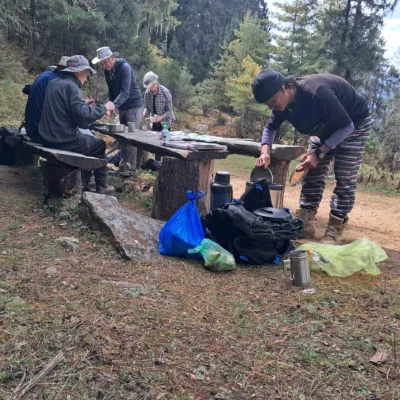


 Moderate
Moderate